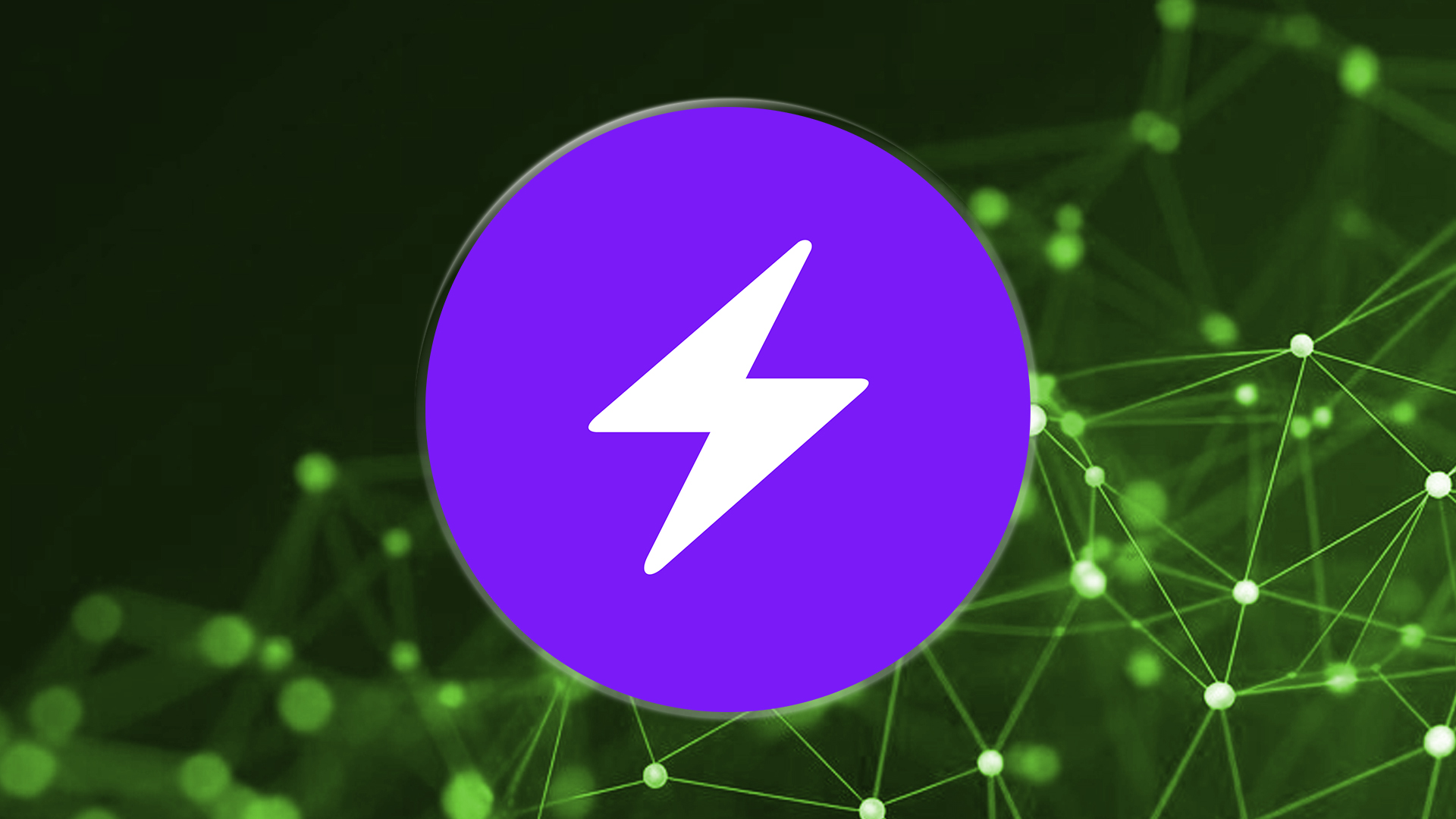- One Layer 2 bitcoin service is the Lightning Network. Joseph Poon and Thaddeus Dryja initially formally presented an off-chain strategy in 2015.
- In practice, it uses micropayment channels, controlled by so-called multi-signature (multi-sig) wallets, to take a load of minor transactions off the Bitcoin network.
Critical concepts for using the Lightning Network:
The Lightning Network’s nodes are pieces of software that allow users to transmit and receive bitcoin from other nodes. These nodes linking to one another make up the overall network.
Users of the Lightning Network can conduct off-chain transactions with each other using payment channels, which can afterward be settled (closed) on the main chain. On the Lightning Network, invoices are payment requests created as QR codes. The information needed to complete a payment on the network is included in invoices, including the payment amount, the blockchain to which it applies, the expiration date, the payee pubkey, routing suggestions, and other details.
How does one then configure and utilize the Lightning network?
There are three options, from the most straightforward custodial option to building up your Lightning Node.
- By way of a custody lightning wallet.
- Lightning wallets not held in a bank’s custody, such as Wallet of Satoshi, Breez, BLW, Eclair, and Zap Tippin.me, Bitrefill, and BitPay.
- Configuring a whole node
Getting started
- Create your node.
- Set Lightning up and make a wallet.
- Choose the amount you wish to use to open the channel based on your anticipated spending patterns.
- Your new on-chain wallet should be funded with the desired number of Sats.
- Use the suggestions below to find a good channel partner, then get their node’s public key.
- Open the channel using Thunderhub or RTL, then wait for the blockchain to confirm.
- Using the instructions specific to your selected node/wallet combination, choose a mobile wallet and link it to it (this step is optional as RTL or Thunderhub can be used to transact but are not mobile native).
- You can now use your node to send some satellites through Lightning.
Channels
There are tens of thousands of two-party payment channels in the Lightning Network. With these payment channels, those two individuals can send money back and forth as often as they’d like, nearly immediately, without paying any blockchain fees.
To build a 2 of-2 multi-signature wallet on the Bitcoin network, a channel must be opened by one or more users, locking up a certain quantity of Sats into an on-chain “funding transaction,” with each user obtaining one of the keys. Each party will sign off to confirm that they approve the opening channel’s “state,” indicating the amount a user donates. This “sign-off” is essentially a private Bitcoin transaction with both parties’ signatures passed to one another.
Sats are moved from one side of the channel to another whenever a payment is made from person A to person B (like beads sliding down an abacus). The revised channel balances of each party are then reflected in a Bitcoin transaction that the two sign and send to the other participant. These signed transactions are only ever broadcast to the Bitcoin network in the event of a channel closure, and this procedure can be repeated an infinite number of times.
Transactions
Lightning transactions are completed in seconds and cannot be changed later. The brilliant thing is that because any Lightning participant can settle on a chain whenever they choose, Lightning accomplishes this without needing to wait for a block confirmation on the blockchain while still upholding Bitcoin’s security principles.
Fast and inexpensive payments to a single user may be helpful if you make many transactions. However, starting a channel to make a few payments is ineffective because each channel leaves a blockchain footprint of two on-chain transactions. Not all problems are solved by lightning.
Keep learning
There is always something new to learn about the Lightning Network because it is a continuously developing technology. Follow the most recent innovations, security procedures, and Lightning Network usage best practices. Keep in mind that the Lightning Network is an unproven technology with dangers. Use trustworthy wallets and services, and only invest money you’re willing to lose. That serves as a basic introduction to the Lightning Network. Enjoy discovering this fascinating technology!
